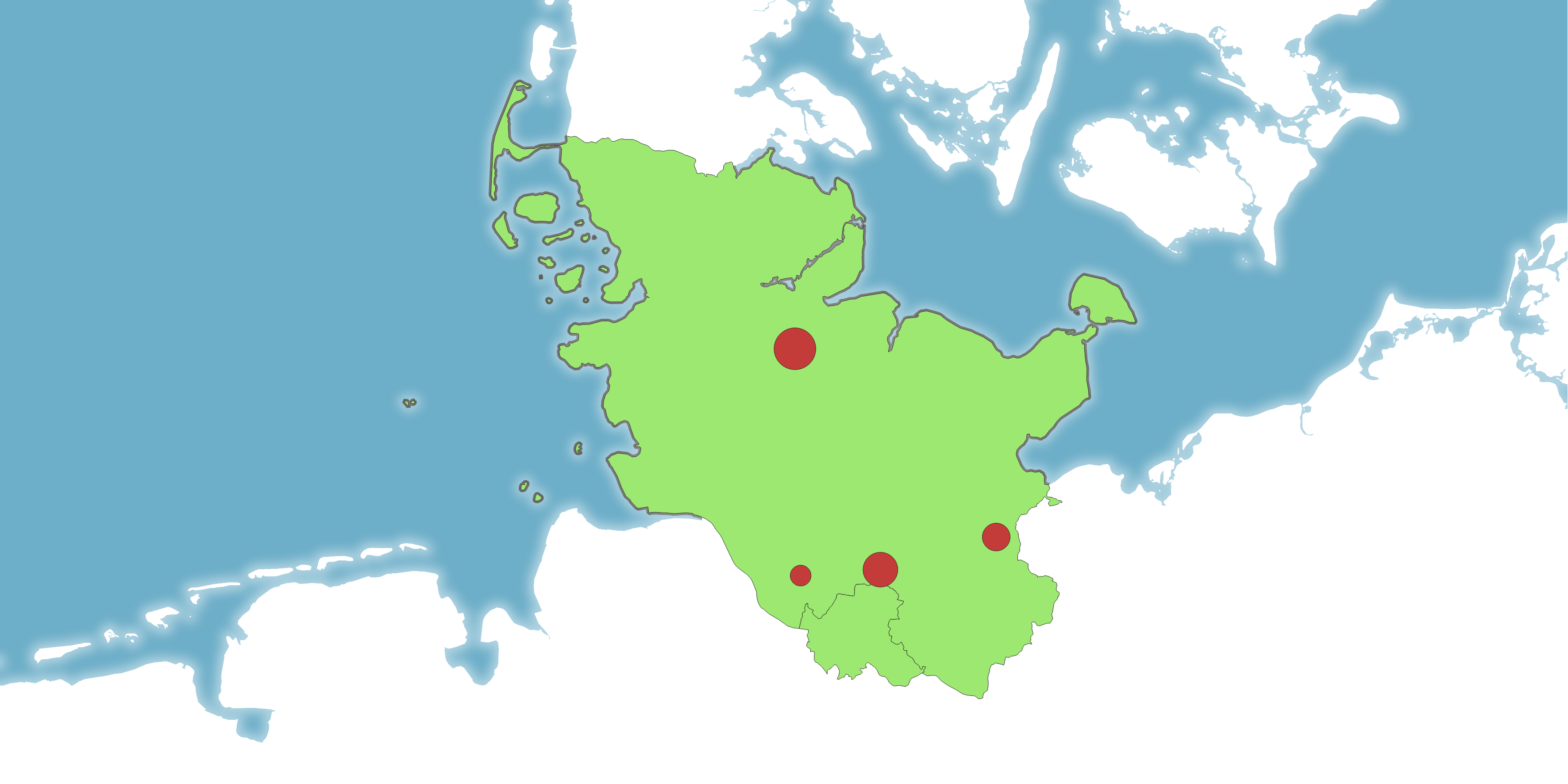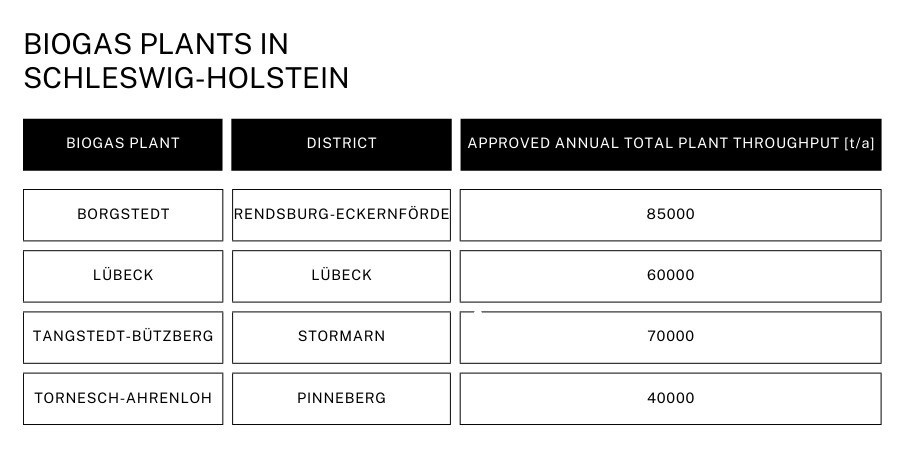You are currently in guest mode. Log in or register to fully use the HOOU platform.
- Use all learning features, such as tests, quizzes and surveys.
- You can write posts and exchange ideas in our forums.
- We will confirm your participation in some courses.
BRITQuests - find your bioresources
Topic outline
-
This module works with the BRIT website. Go and check! ➡️ BRIT - Bioresource Information Tool
Welcome to the BRIT! by Ewa Wronka and Phillipp Lüssenhop (CC BY) -
The BRIT contains data of the roadside trees within the several cities in Germany. During the very first task you will be asked to find one tree on the street of your choice and some information about it.🌳 After that You will get a dose of knowledge📚 about bioresources and what can we do with them, so that after creating your own statistical data📊 you will be able to calculate and see the size of benefits from trees residues🍃. But let’s go slowly from the beginning…
-
In this second quest you will unlock a new tool’s module, namely "Inventories"📊! Here You will focus on the residues from greenhouses in the region of Nantes in France and their seasonal distribution. Moreover, You will learn about the problems of managing the bioresidues. But for now, let’s learn a little bit about the types of greenhouses and their characteristics📖.
-
In the third quest, You will discover the map with Household🏡 Waste Collection in Europe. You will learn the difference between different types of wastes and collection systems. This map contains huge amounts of data📚 about household waste collection within the several cities in Europe. We focused on the smaller region - Schleswig-Holstein together with Hamburg - in order to make some statistical analysis. Nevertheless, after these quests you should be able to do the same analysis within different regions of your choice as well😃.
-
The fourth part of the BRIT quests is based on the material’s section. In this section you’re going to learn more about composition of materials, which can be expressed with different types of analyses📊. For example, we can look at the macro components of a material, such as bark and twigs from tree prunings🪵 but we could also go all the way to the chemical elements🧑🔬, like carbon and nitrogen. In this part you are going to dig deeper and deeper, looking at different ways of describing the tree parts, such as chemical elements or biochemical composition in order to analyse the composition of pruned material coming from the roadside trees. Having this analysis, we know if it’s possible to get any other high value product from the pruned material except from compost or biogas. There are even models that can predict the biomethane potential⛽💚 of a material based on the presence of chemical elements.




















